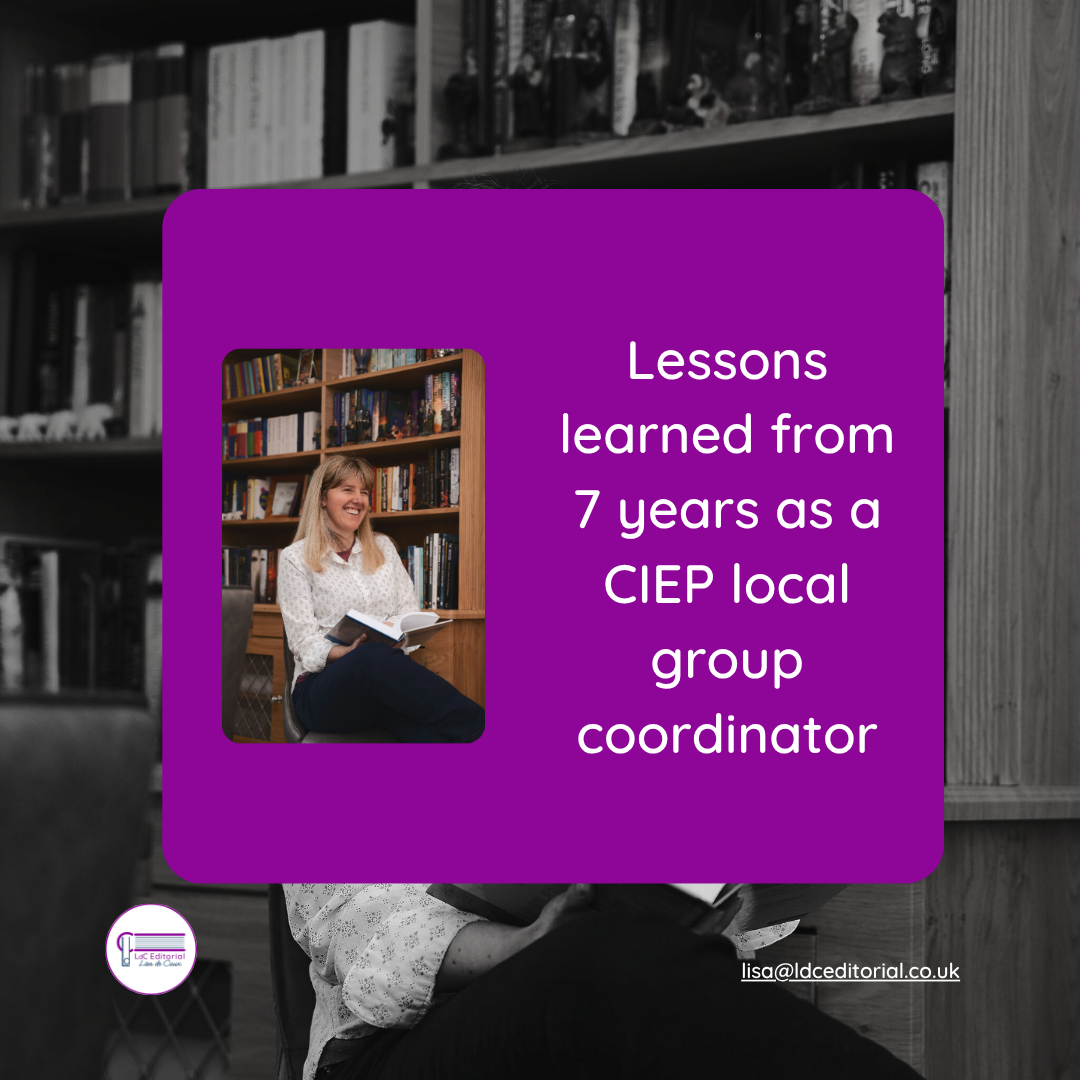#BooksLightMeUp: The Chicago Guide to Copyediting Fiction by Amy J. Schneider
Lisa De Caux • 21 April 2023
A guide dedicated to copyediting fiction

I've been told that books that light me up. Fiction and non-fiction. Ones that are new to me and ones that I’m rereading.
It hasn’t disappointed me.
I’m a big fan of The Chicago Manual of Style. I lean into it as I work on business books for American authors.
Having a guide that is specifically dedicated to copyediting fiction is incredibly useful. It assumes that you already have a familiarity with copyediting, and then this is a ‘guide to Copyediting Fiction 101’.
And the guide provides rabbit holes to go down.
It’s split into helpful sections, including one on style sheets.
Style sheets
I love a style sheet.
Recently a client got in touch to double-check something. We’d worked together a couple of months earlier, so the information wasn’t as fresh in my mind as it had been. I was delighted to be able to refer to their style sheet and get an answer for them straight away. Consistency is key!
A fiction style sheet is likely to include characters, places and timelines. It’s so important to be able to keep track of your manuscript and be consistent.
A valued endorsement
There’s an endorsement on the back cover of the book from Louise Harnby. She’s the current chair of the CIEP and I’ve taken more than one of her courses (they’re highly recommended). I value her opinion!
In the conclusion, Amy notes ‘Part of the pleasure of copyediting fiction is getting to enjoy the story along with the readers.’ She’s so right! I can tell immediately that I’ll be referring to this often. The Chicago Guide to Copyediting Fiction lights me up 💡
#BooksLightMeUp
#Fiction
#Editing
#Proofreading
***
📚 I’m Lisa. I’m an editor and proofreader, specialising in business books and fiction. I’d love to connect with your book and understand your context too. Please do book a video call
or email me
to talk about editing or proofreading for your book.

Would you like to know what happens when you send your work to a professional proofreader? In this blog post, I walk you through how I approach proofreading – step by step – to make sure your writing is ready to connect with your readers. If you're thinking about working with me, this will give you a clear idea of my process and what you can expect.








